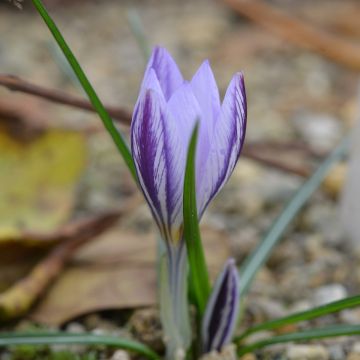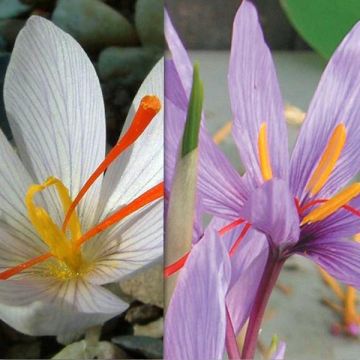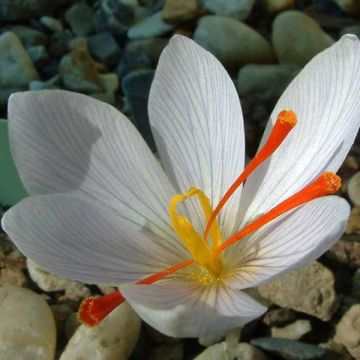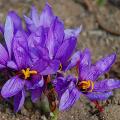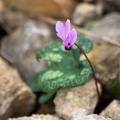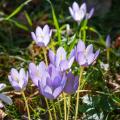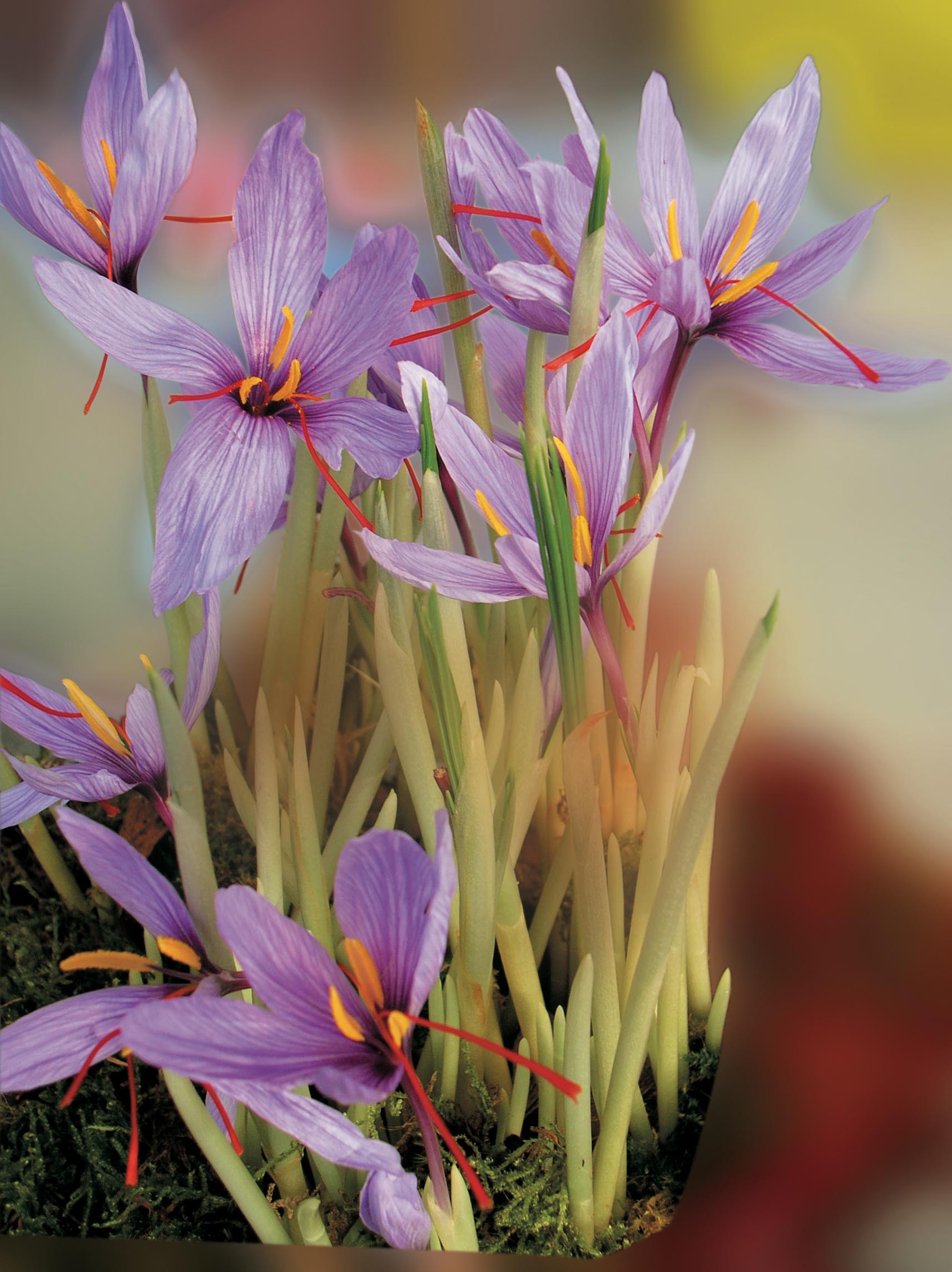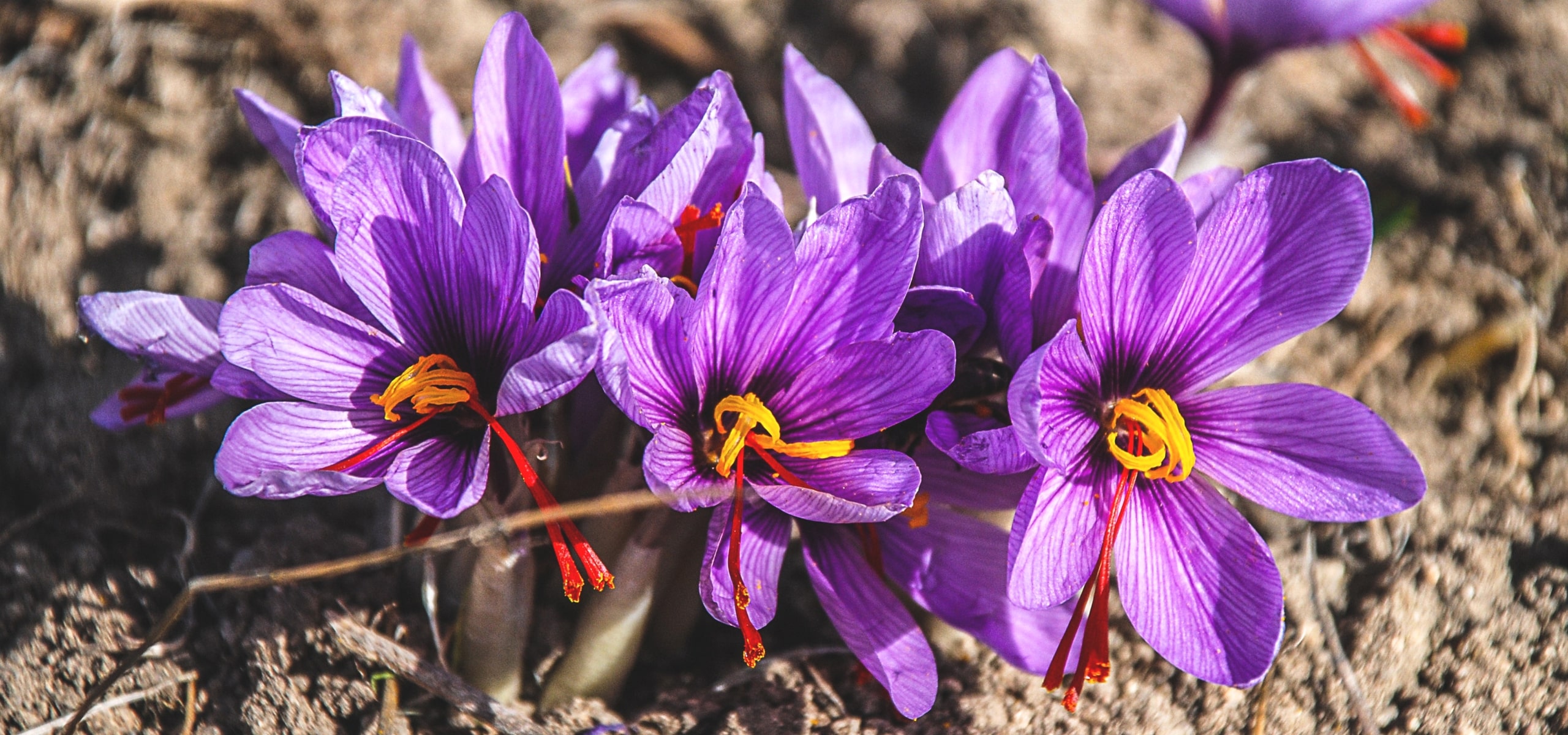Saffron Crocus
Would this plant suit my garden? Set up your Plantfit profile →
Available in 1 sizes
Available in 0 sizes
Available in 2 sizes
Available in 2 sizes
The saffron crocus, or crocus sativus, is a perennial bulb with beautiful blue flowers measuring about 15 cm (6in), whose stigmas are used as the spice known as saffron. Saffron is the most expensive spice, as the harvesting of the flower stigmas is done by hand. With a little patience, you can harvest your Saffron: 100 well-established crocus sativus plants produce 300 to 500 flowers, which amounts to a few grams of pure saffron. Planted in a sunny position in well-drained soil, they will bloom as early as autumn. Another variety, the crocus Cartwrightianus Albus or white saffron crocus, also produces saffron, and other crocuses and autumn-flowering colchicums will brighten up the garden in autumn. For large orders, it is advisable to reserve your bulbs in spring.
Haven't found what you were looking for?





































